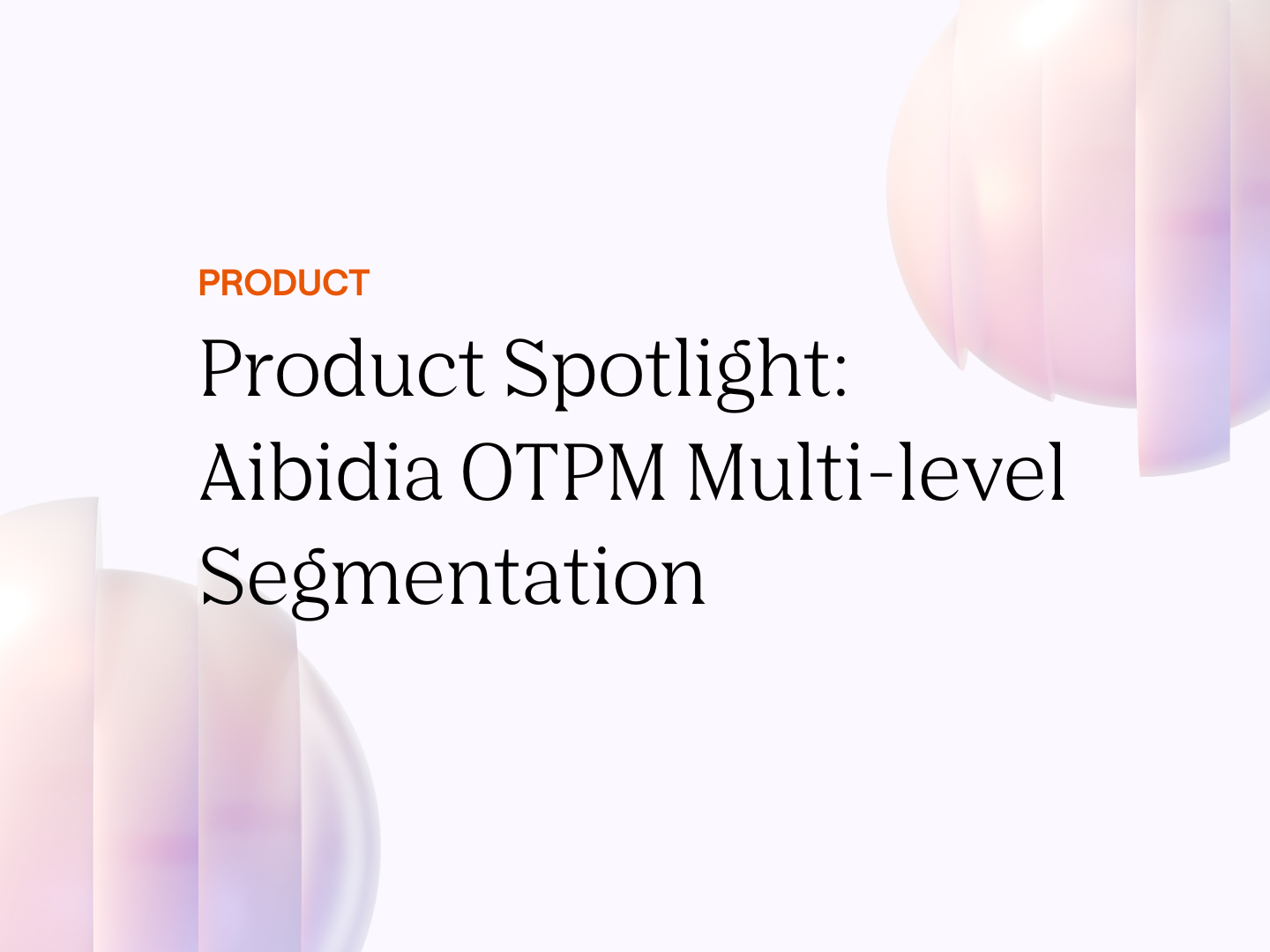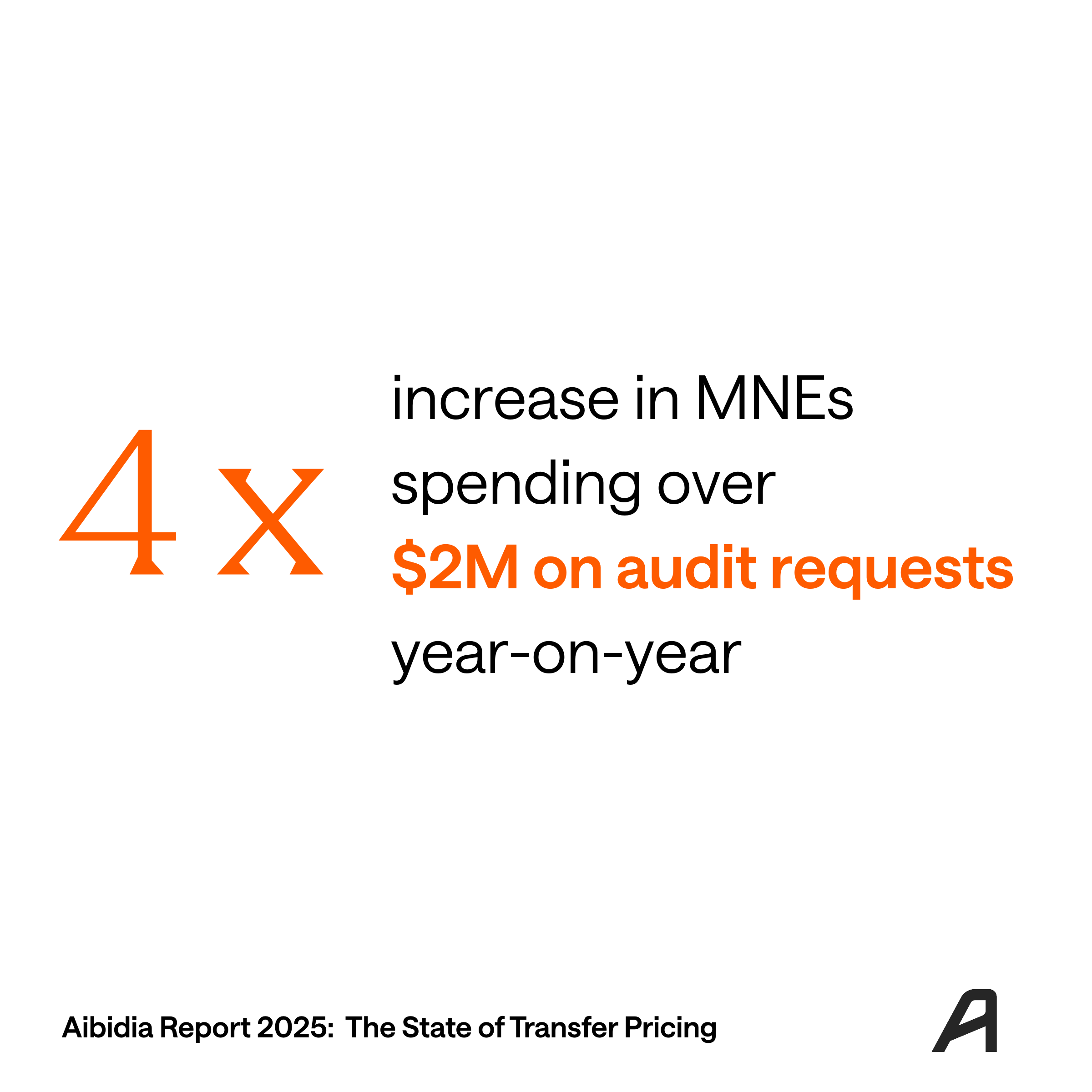Transfer pricing methods are foundational tools for multinational enterprises (MNEs) managing cross-border transactions. These methods determine the prices at which goods, services, intellectual property, or financial arrangements are exchanged between associated entities within the same corporate group.
Accurate transfer pricing determines how profits and therefore tax liabilities are allocated across jurisdictions, ensuring compliance with international regulations and reducing the risk of costly disputes.This blog will cover 5 key transfer pricing methods that are commonly used by MNEs with explanations, practical examples, and implementation strategies.
Understanding Transfer Pricing and Its Importance
Multinational enterprises routinely engage in intra-group transactions involving the sale of goods, provision of services, transfer of intellectual property, and intercompany financing. The prices set for these transactions - transfer prices - directly influence the allocation of profits and, consequently, the tax liabilities of each entity involved.
According to the OECD, intra-group transactions account for more than 60% of global trade, underscoring the scale and significance of transfer pricing.
Tax authorities worldwide enforce the arm’s length principle, which requires that intra-group transactions be priced as if they occurred between independent, unrelated parties under comparable circumstances. This principle is embedded in the OECD Transfer Pricing Guidelines and adopted by most tax jurisdictions. Non-compliance can result in double taxation, penalties, and reputational damage.
Selecting the right transfer pricing method is critical. The OECD and most local tax authorities recognize five primary transfer pricing methods, each with distinct mechanisms, strengths, and limitations. The choice of method must reflect the specific facts and circumstances of each transaction, supported by robust documentation and functional analysis.
Overview of the Five Transfer Pricing Methods
- Comparable Uncontrolled Price (CUP) Method
- Resale Price Method
- Cost Plus Method
- Profit Split Method
- Transactional Net Margin Method (TNMM)
Each method is explored in detail below, with expanded technical explanations, practical examples, and implementation strategies.
1. Comparable Uncontrolled Price (CUP) Method
Definition and Core Principles
The Comparable Uncontrolled Price (CUP) method is the most direct approach to establishing arm’s length pricing. It compares the price charged in a controlled transaction (between related parties) to the price charged in a comparable uncontrolled transaction (between independent parties) under similar conditions.
Technical Application
The CUP method requires a high degree of comparability. This includes matching product characteristics, contractual terms, market conditions, and economic circumstances. The method can use either internal comparables (transactions between the MNE and independent parties) or external comparables (transactions between two independent enterprises).
Example in Practice
A pharmaceutical company licenses a patented drug to its subsidiary. If the same drug is licensed to an unrelated third party under similar terms, the royalty rate in the uncontrolled transaction serves as a benchmark. Any deviation must be justified by differences in volume, exclusivity, or market risk.
Key Factors for Implementation
- Product and Service Similarity: The CUP method is most reliable when products or services are identical or highly similar.
- Availability of Comparable Data: Access to detailed information on uncontrolled transactions is essential.
- Adjustments for Differences: Where differences exist, adjustments must be quantifiable and defensible.
Advantages
- Delivers high reliability when true comparables exist.
- Favored by tax authorities due to its direct market reference.
- Reduces subjectivity in pricing decisions.
Limitations
- Often impractical for unique or highly differentiated products.
- Data on comparable uncontrolled transactions may be scarce or unavailable.
- Adjustments for minor differences can introduce complexity and subjectivity.
Industry Example
In the commodities sector, the CUP method is frequently applied. For instance, oil and gas companies use publicly quoted prices for crude oil as benchmarks for intra-group sales, ensuring transparency and compliance.
2. Resale Price Method
Definition & Core Principles
The Resale Price Method (RPM) is designed for situations where a distributor purchases goods from a related party and resells them to independent customers. The transfer price is determined by subtracting an appropriate gross margin from the resale price to the independent party.
Technical Application
- Start with the Resale Price: Identify the price at which the product is sold to an independent customer.
- Deduct the Gross Margin: Subtract a gross margin that reflects the value added by the reseller, based on comparable independent distributors. The gross margin is calculated as gross profit divided by revenue,
- Arrive at the Arm’s Length Price: The result is the transfer price for the initial sale between related parties.
Example in practice
A consumer electronics subsidiary purchases smartphones from its parent company for $400 and sells them to retailers for $500. If comparable distributors earn a 15% gross margin, the arm’s length transfer price is $425 ($500 - $75).
Key factors for implementation
- Value-Added Activities: RPM is most effective when the reseller performs limited functions and does not significantly alter the product (e.g., no significant intangibles or unique contributions).
- Gross Margin Benchmarking: Reliable data on gross margins from independent distributors is critical.
- Accounting Consistency: Ensure that financial data used for the tested party are consistent in classification and reporting with those of comparable companies.
Advantages
- Well-suited for routine distribution businesses with minimal product transformation.
- More flexible and applicable even when there are minor differences in product features.
- Supported by a broad range of industry benchmarks.
Limitations
- Challenging to apply if the reseller undertakes substantial marketing or customization.
- Gross margin data may be difficult to obtain or may not reflect all relevant risks and functions.
- Not ideal where significant intangible assets or complex functions are involved.
Industry Example
Automotive companies often use RPM for spare parts distribution. The method aligns the gross margins of related distributors with those of independent players, supporting defensible transfer pricing positions.
3. Cost Plus Method
Definition & Core Principles
The Cost Plus Method is primarily used for transactions involving the supply of goods, services, or semi-finished products. It establishes the transfer price by adding an appropriate markup to the supplier’s costs, reflecting the value of functions performed, assets used, and risks assumed.
Technical Application
- Calculate Direct and Indirect Costs: Determine all costs incurred in producing the goods or services.
- Add an Arm’s Length Markup: Apply a gross profit markup consistent with that earned by independent suppliers in similar circumstances.
- Derive the Transfer Price: The sum of costs and markup forms the basis for the arm’s length price.
Example in practice
A contract manufacturer produces components at a cost of $80 per unit. Independent manufacturers earn a 12% markup. The transfer price is set at $89.60 ($80 + $9.60).
Key factors for implementation
- Cost Base Definition: Clearly define which costs are included (direct, indirect, and overhead).
- Benchmarking Markups: Use industry databases and financial reports to identify appropriate markups.
- Functional Analysis: Assess the supplier’s functions, risks, and assets to justify the markup.
Advantages
- Straightforward for standardized routine manufacturing and service arrangements.
- Emphasizes transparency in cost structures.
- Less sensitive to product differences
Limitations
- Difficult to apply when cost structures or cost accounting practices vary widely across entities or industries.
- Markup selection can be subjective if comparables are limited.
- Less suitable for highly differentiated or intangible-driven transactions.
Industry Example
In the contract manufacturing sector, the cost plus method is standard practice. For example, electronics manufacturers supplying components to related assembly plants use industry markups to set transfer prices, aligning with regulatory expectations.
4. Profit Split Method
Definitions & Core Principles
The Profit Split Method allocates the combined profits (or losses) from controlled transactions among associated enterprises based on their relative contributions. This method is particularly effective for highly integrated operations or transactions involving unique intangibles contributed by multiple parties.
Technical Application
- Aggregate Profits: Combine the total profits from the relevant controlled transactions.
- Allocate Based on Contributions: Use a detailed functional analysis to determine each party’s contribution of assets, functions, and risks.
- Choose Allocation Approach:
Contribution Analysis: Profits are split according to each party’s relative value creation or Residual Analysis: Routine profits are allocated first, with residual profits split among parties contributing unique intangibles.
Example in practice
Two related companies co-develop a new technology. Company A provides R&D expertise, while Company B contributes valuable patents. After aggregating profits from the commercialization of the technology, profits are split based on the relative value of R&D and intellectual property contributions.
Key Factors for Implementation
- Functional and Economic Analysis: Conduct a granular assessment of each party’s functions, assets, and risks.
- Valuation of Intangibles: Use valuation techniques to quantify the contribution of unique assets.
- Documentation: Maintain detailed records to support the profit allocation rationale.
Advantages
- Addresses complex, integrated transactions where traditional methods fail.
- Suitable where both parties have unique and valuable intangibles.
- Aligns profit allocation with actual value creation.
- Reduces reliance on external comparables.
Limitations
- Requires accurate delineation of the transaction and subjective judgments in valuing contributions.
- Demands comprehensive documentation and robust economic analysis.
- Can lead to disputes if combined profit and allocation bases are not transparent or defensible.
Industry Example
In the technology sector, joint development and licensing agreements often necessitate the profit split method. For instance, global software firms use this approach to allocate profits from co-developed platforms across jurisdictions.
5. Transactional Net Margin Method (TNMM)
Definition & Core Principles
The Transactional Net Margin Method (TNMM) evaluates the net profit margin earned by a tested party from a controlled transaction and compares it to the margins earned by independent companies engaged in similar activities. TNMM is the most widely applied method globally, especially for routine manufacturing, distribution, and service transactions.
Technical Application
- Select the Tested Party: Typically the entity with the least complex functions and risks.
- Choose the Profit Level Indicator (PLI): Common PLIs include operating margin, return on total costs, return on assets, or return on capital employed.
- Identify Comparables: Use external databases to find independent companies with similar functions, assets, and risks.
- Benchmark and Adjust: Compare the tested party’s net margin to the range of independent margins, making adjustments as necessary.
Example in practice
A logistics subsidiary provides warehousing services to its parent company. It earns a 6% operating margin, while independent logistics providers earn between 5% and 8%. The subsidiary’s transfer pricing is within the arm’s length range.
Key factors for implementation
- Functional Analysis: Essential for selecting the tested party and ensuring comparability.
- Data Quality: Reliable, up-to-date financial data on independent companies is critical.
- Adjustments: Account for differences in accounting policies, asset intensity, and risk profiles.
Advantages
- Highly flexible and applicable across industries and transaction types.
- Less sensitive to minor transactional differences than gross margin methods.
- Supported by extensive benchmarking databases and widely accepted by tax authorities.
Limitations
- Dependent on the availability and quality of external comparables.
- Net profit can be influenced by factors unrelated to transfer pricing, such as management efficiency or local market conditions.
- May not fully capture the value of unique intangibles or integrated operations.
Industry Example
Shared service centers and contract manufacturers frequently use TNMM. For example, a global consumer goods company benchmarks its regional service center’s net margin against independent service providers to establish defensible transfer prices.
Comparative Analysis of Transfer Pricing Methods
Transaction-Based vs. Profit-Based Methods
- Transaction-Based Methods (CUP, Resale Price, Cost Plus): Focus on direct comparability of specific transactions. Best suited for standardized goods, services, or where reliable direct comparables exist.
- Profit-Based Methods (Profit Split, TNMM): Analyze overall profitability of a business function or segment. Ideal for complex, integrated, or intangible-driven transactions.
Criteria for Method Selection
- Availability of Comparable Data: The presence of reliable internal or external comparables often dictates method choice.
- Nature of the Transaction: Standardized products favor transaction-based methods; unique intangibles or integrated operations require profit-based approaches.
- Functional Profile: The functions performed, risks assumed, and assets employed by each party must align with the selected method.
- Regulatory Environment: Local regulations and OECD guidelines may influence or restrict method selection.
Documentation and Compliance Requirements
Tax authorities require comprehensive documentation to substantiate the chosen method, comparability analysis, and results. According to a Deloitte global survey, over 80% of MNEs have faced transfer pricing audits, with documentation quality being a key focus. Inadequate documentation can trigger penalties, adjustments, and protracted disputes.
Role of OECD Guidelines and Local Regulations
The OECD Transfer Pricing Guidelines advocate for the “most appropriate” method based on the transaction’s facts and circumstances. While most countries accept the five primary methods, some jurisdictions impose local preferences, safe harbors, or additional reporting requirements. Staying informed of regulatory developments is essential for effective risk management.
Practical Implementation Strategies
Conducting a Functional Analysis
A robust functional analysis is the cornerstone of effective transfer pricing. This process involves mapping out the functions performed, assets used, and risks assumed by each entity in the transaction. Detailed process mapping, interviews with operational staff, and review of contractual arrangements enhance the accuracy of the analysis.
Benchmarking and Data Sources
Access to reliable benchmarking data is critical. Leading sources include commercial databases (e.g., Orbis, Amadeus, RoyaltyStat), industry reports, and public financial statements. Regular updates and data validation ensure ongoing compliance.
Managing Transfer Pricing Risks
- Advance Pricing Agreements (APAs): Negotiating APAs with tax authorities can provide certainty and reduce audit risk.
- Regular Policy and Implementation Reviews: Periodically review and update transfer pricing policies to reflect business changes and regulatory updates. Regularly monitor transfer pricing policy implementation to ensure an arm's length outcome is achieved.
- Intercompany Agreements: Maintain clear, legally enforceable agreements that reflect the economic substance of transactions.
Technology and Automation
Technologies such as transfer pricing software, data analytics, and artificial intelligence streamline documentation, benchmarking, and compliance monitoring. Automation reduces manual errors and enhances audit readiness. This is where the TP software like Aibidia can help.
Aibidia platform is built for finance and tax teams to unify fragmented data into a single source of truth, with self-service solutions including Aibidia Transfer Pricing Documentation, Aibidia Operational Transfer Pricing Management (OTPM), solving end-to-end transfer pricing challenges in one centralized platform.
Connect with the Aibidia team to discover how technology can automate TP processes, centralize data, create faster TP documentation and empower your team to ensure compliance while reducing audit risks.
Conclusion
Transfer pricing methods are essential for multinational enterprises seeking to allocate profits fairly, comply with international tax laws, and mitigate audit risks. Mastery of the five primary methods - Comparable Uncontrolled Price (CUP), Resale Price, Cost Plus, Profit Split, and Transactional Net Margin Method (TNMM) enables companies to select and defend the most suitable approach for each transaction.
The effectiveness of transfer pricing policies hinges on rigorous functional analysis, access to reliable comparables, and alignment with both OECD and local regulatory requirements. Comprehensive documentation, proactive risk management, and the adoption of technology-driven solutions further strengthen compliance and reduce exposure to penalties.
Eager for more transfer pricing insights? Check out our Aibidia report 2025 which reveals how TP teams globally from 140+ MNEs and advisory firms are responding to intensifying audit scrutiny, operational challenges, and the impact of technology and AI.
.png)





.png)

.png)

.png)
.png)






.svg)
